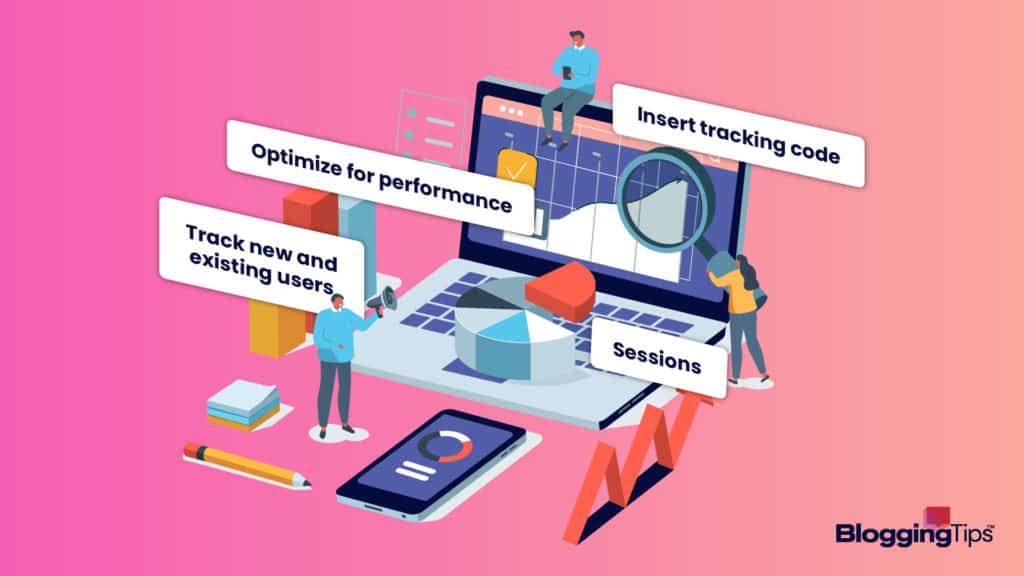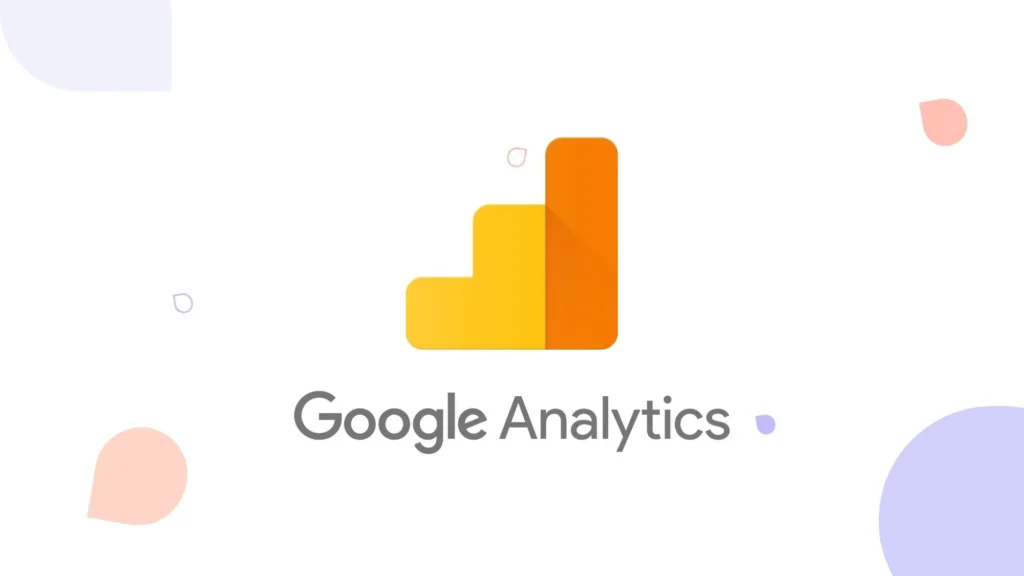Understanding Google Analytics for Beginners
In the world of digital marketing, understanding your audience and their behavior is crucial for making informed decisions that drive success. Google Analytics stands out as a powerful tool that provides invaluable insights into website traffic, user interactions, and campaign performance. Whether you’re a novice or looking to enhance your skills, mastering Google Analytics can elevate your marketing strategy to new heights. Here’s a comprehensive beginner’s guide to unlocking the potential of Google Analytics:

1. Getting Started with Google Analytics
Google Analytics is a free web analytics service offered by Google that tracks and reports website traffic. Begin by creating a Google Analytics account and setting up a property for your website. Install the tracking code provided by Google on every page of your website to start collecting data about your visitors.
2. Navigating the Dashboard
Upon logging into Google Analytics, you’ll encounter the dashboard which provides an overview of key metrics such as sessions, users, bounce rate, and average session duration. Familiarize yourself with the navigation menu on the left-hand side which allows you to access various reports, customization options, and settings.
3. Understanding Key Metrics
Explore essential metrics to gauge website performance:
- Sessions: Total number of visits to your website.
- Users: Unique visitors to your website within a specified timeframe.
- Bounce Rate: Percentage of single-page sessions where the visitor leaves your site without further interaction.
- Average Session Duration: Average length of time visitors spend on your website.
- Pageviews: Total number of pages viewed by visitors.
4. Exploring Audience Insights
Delve into the Audience report to understand who your visitors are:
- Demographics: Age, gender, and interests of your audience.
- Geo: Location-based data showing where your visitors are located.
- Behavior: New vs. returning visitors, frequency of visits, and engagement metrics.
5. Analyzing Acquisition Channels
Gain insights into how users find your website:
- Organic Search: Visitors who find your website through search engines.
- Direct Traffic: Visitors who directly type your website URL or use bookmarks.
- Referral Traffic: Visitors who come to your site from external sources like other websites.
- Social: Traffic from social media platforms.
- Paid Search: Visitors from paid advertising campaigns.
6. Monitoring Behavior Flow
Visualize the Behavior Flow report to understand the path visitors take through your site. Identify popular pages, drop-off points, and areas for improvement in user navigation and engagement.
7. Setting Goals and Conversions
Define goals in Google Analytics to track specific actions that contribute to business objectives:
- Destination Goals: Visitor reaches a specific page (e.g., thank you page after form submission).
- Duration Goals: Visitor spends a certain amount of time on your site.
- Event Goals: Visitor completes an action like watching a video or clicking a button.
8. Creating Custom Reports and Dashboards
Customize reports and dashboards in Google Analytics to focus on metrics that matter most to your business. Tailor visuals, add segments, and schedule automated reports to streamline data analysis and reporting.
9. Utilizing Campaign Tracking
Track the effectiveness of your marketing campaigns using UTM parameters. Append unique UTM tags to URLs in your campaigns to identify traffic sources and measure campaign performance in Google Analytics.
10. Continuous Learning and Optimization
Google Analytics is a powerful tool that evolves with updates and new features. Stay updated with Google Analytics Academy courses, blogs, and industry resources to deepen your knowledge and stay ahead of trends in digital analytics.
Unlock Your Data Potential with Google Analytics
Mastering Google Analytics empowers marketers and website owners to make data-driven decisions, optimize user experiences, and maximize ROI. By harnessing the insights provided by Google Analytics, you can understand audience behavior, refine marketing strategies, and drive continuous improvement across your digital platforms. Embrace the journey of learning and exploring Google Analytics to unlock its full potential for your business success.
Stay tuned for more tips and insights on leveraging Google Analytics to enhance your digital marketing efforts and achieve measurable results. Explore the possibilities, experiment with different reports, and discover actionable insights that propel your business forward in the competitive digital landscape.

